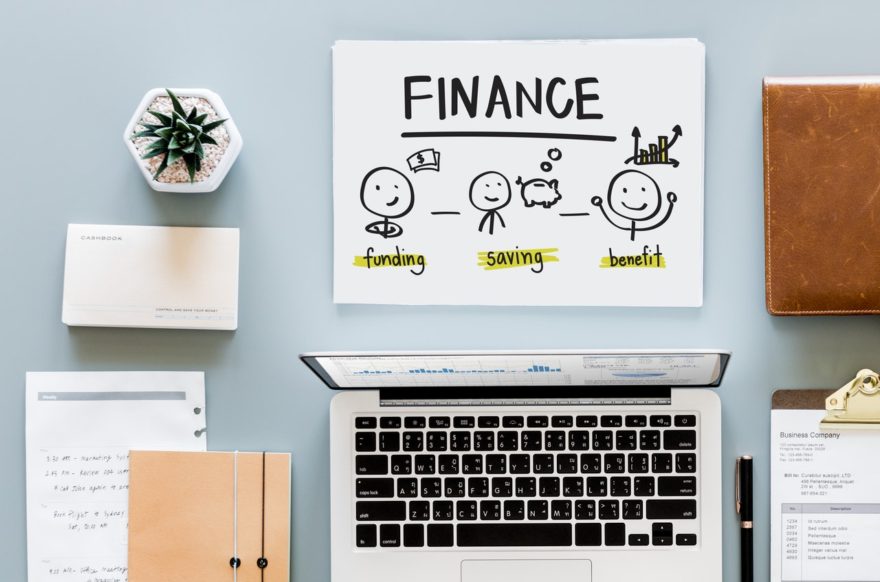Last April, a long-time client passed away unexpectedly at his home. I ask all clients if they have an estate plan. If they do not, I recommend they get one and provide a referral if they do not have an attorney. Unfortunately, not everyone follows my advice, and this client passed away without a will or estate plan in place.
It has been over a year now, and his estate is still not settled. I was able to transfer his IRA to his spouse within days of receiving the death certificate. But, his individual account and his home and business assets remain tied up in Probate Court. His account, which I was managing, is frozen, and I cannot place any trades in the account or pay any bills (yet) for the estate.
Assets which have designated beneficiaries, such as life insurance policies, retirement accounts, or annuities, will go to the beneficiaries without the involvement of the Probate Court. Additionally, joint accounts with rights of survivorship, may go to the survivor, such as a spouse, almost immediately.
For all other types of assets, their disposition is determined by your Will. When you do not have a Will, it is said that your estate is “Intestate”. In these cases, your individual assets will be distributed based on state law. For real property, for example, one-half of your home would go to your surviving spouse, and one-half would go to surviving parents or siblings. But you wanted your spouse to receive all of your house or real estate investments? Too bad, you don’t have a will with those instructions.
Chart of Distribution of Assets in Texas Without a Will.
For parents of minor children, not having a will means that a court will determine who gets custody of your children. And since minors cannot own, inherit, or manage investments, any funds designated for their care would have to be placed in trust under the management of a court-appointed trustee (not of your choosing). Expenses for your children would need to be approved by the court.
Everyone does need to have a will and a few other estate planning documents. Typically, you will also want:
- Durable Power of Attorney: authorizes a person to make financial decisions and enact transactions such as paying bills on your behalf, in case you are incapacitated or unable to make those decisions.
- Health Care Power of Attorney: designates someone to make health care decisions if you are too ill or injured to speak for yourself.
- Physicians Directive: instructions on what care or life support you would like to receive or not.
Here in Texas, we are a Community Property State, but even for married people you still need a will. If you die “intestate”, your assets could be tied up for a year or more, assets might not automatically go to your surviving spouse, and you increase your expenses and the potential for fights and lawsuits between family members. I have seen a LOT of families fall apart over disagreements about a parent’s estate, and yet parents never think it would happen with their kids. But it does, with sad consequences that no parent would want.
Do you need a trust? The majority of people do not. It used to be that a trust was needed to avoid the estate tax. But for 2018, a married couple has basically $22 million that can be passed on without any estate taxes at all.
I have an experienced attorney here in Dallas who will create a complete Will and set of Estate Documents for you. Like me, he believes this is essential protection which every family needs. He will meet with you face to face and determine your needs before making a recommendation. For families needing standard documents, the cost is a flat $750, which is less than some online services.
After my experience of having a client pass away without a Will, I wished I had been more adamant about insisting he had gotten this done. I realize it is a morbid topic that most people don’t want to think about. But the responsible way to take care of your loved ones is to make sure your Estate Plan is in place.
If you have a Will, you may need an update or a new one, if:
- you have moved to a different state,
- you have gotten married, divorced, or had children,
- any of your beneficiaries have passed away,
- your documents are more than five years old.
This is so easy to put off for another day because you are “too busy”. Please don’t wait. There is never an ideal time. Let me help you get this done, and I promise you will feel better once you have this settled.













